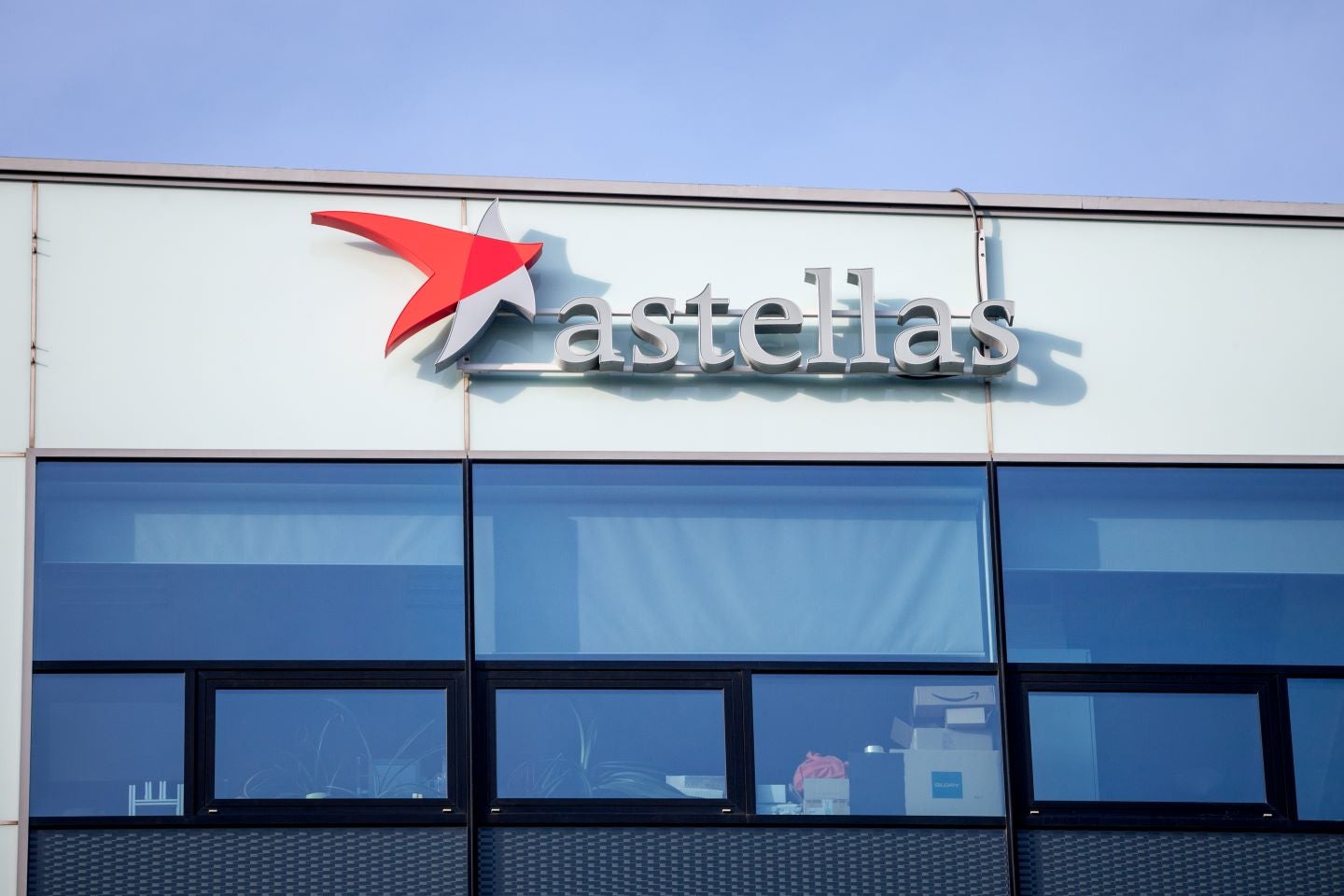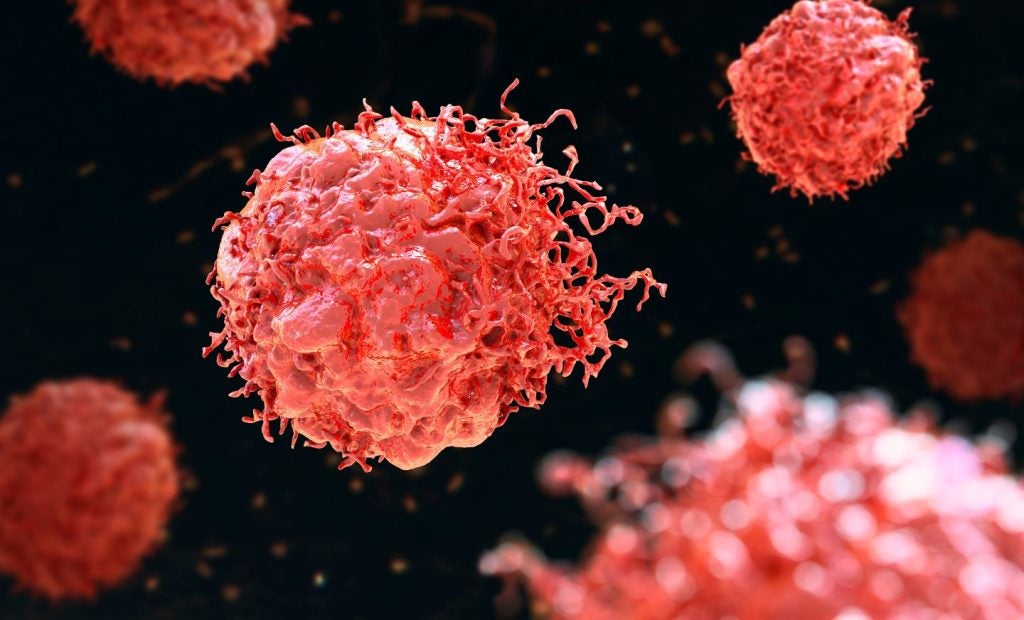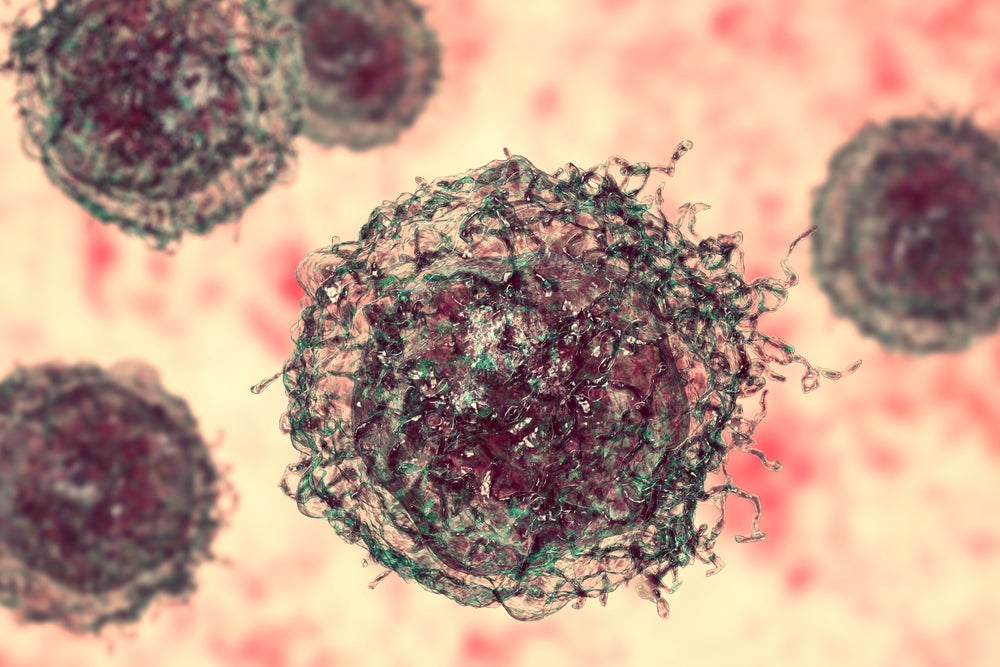At the European Society for Medical Oncology (ESMO) Congress on October 20–24, Astellas presented one of its most high-profile victories from its antibody-drug conjugate (ADC) Padcev (enfortumab vedotin), driving a pivotal change in the landscape of urothelial cancer treatments. Practice-changing results from the Phase III EV-302 trial evaluating Padcev in combination with MSD’s Keytruda (pembrolizumab) as a treatment for first-line patients with locally advanced or metastatic urothelial cancer (UC) were presented, showcasing an almost doubled median overall survival (OS) from the Padcev combination compared to the chemotherapy control arm. The combination demonstrated remarkable OS improvement and risk reduction regardless of patients’ cisplatin eligibility and PD-L1 expression status. The Japanese pharmaceutical is expecting an FDA label expansion to cover cisplatin-eligible first-line advanced UC patients to occur within its 2023 fiscal year. This is an important step up for Padcev since April when the combination received an accelerated approval covering only cisplatin-ineligible patients in the same setting. Despite the bright future ahead for the Padcev franchise, the costly price tag for the ADC-checkpoint inhibitor combination, and sequencing UC treatments for relapsed/refractory patients, remain the burning questions for physicians and payers.
The Padcev-Keytruda combination shines with its efficacy as the upcoming standard of care for first-line advanced UC. The median OS for patients receiving the combination was 31.5 months, compared to 16.1 months in those who received gemcitabine chemotherapy with cisplatin or carboplatin, at a hazard ratio of 0.47. The median OS was not reached (versus 12.7 months) in the cisplatin-ineligible subgroup, while members of the cisplatin-eligible subgroup saw a median OS of 31.5 months (versus 18.4 months). Regardless of the PD-L1 combined positive score (CPS), all patients received consistent OS benefit. The overall response rate was at 67.7% (versus 44.4%), with 29.1% (versus 12.5%) of patients seeing complete remission. In durability, the median duration of response was not reached at a median follow-up of 17.2 months, in contrast to only seven months in the comparator arm.
The combination portrayed a vastly different adverse-event profile from the standard-of-care chemotherapy with improved safety. While the overall occurrence of treatment-related adverse events (TEAEs) remained similar (97.0% versus 95.6%), fewer patients receiving the biologics (55.9% versus 69.5%) saw side effects at grade 3 or above. The most common grade 3 or above TEAEs of the combination included maculopapular rashes (7.7%), neutropenia (4.8%), peripheral sensory neuropathy (3.6%), and diarrhoea (3.6%). In contrast, patients in the comparator arm were more likely to experience conventional chemotherapy-related severe TEAEs such as anaemia (31.4%), neutropenia (30.0%), and thrombocytopenia (19.4%). The differentiated safety profile provides a new challenge to physicians in managing differentiated side effects in UC patients receiving novel and conventional treatments. With significant efficacy improvement, there might be room for dose reduction to alleviate some of these unique severe TEAEs, yet further investigation or real-world data is required to ensure frailer patients receive optimal benefit-to-risk balance.
This new hope for UC patients does not come cheap. Adding an ADC to an immune checkpoint inhibitor creates a combination therapy that comes with a stiff price, which might become an obstacle to market penetration in countries where payers would be more cost-sensitive. Assuming the duration of therapy lasts for one whole year, the therapy could cost over half a million US dollars to payers annually for each patient in the US, excluding personnel and overhead costs. According to GlobalData’s Price Intelligence (POLI) database, the wholesale prices for Padcev (30mg) and Keytruda (100mg) are $4,772 and $6,538, respectively, as of October 2023. A patient would receive about 17.4 21-day cycles of the Padcev-Keytruda regimen in one year, leading to a staggering annual cost of $593,066. In contrast, conventional chemotherapy containing six cycles of generic gemcitabine and cisplatin costs about $2,140, followed by a $149,412 maintenance therapy (assuming a duration of 7.9 months) with Merck’s Bavencio (avelumab), making up an annual price tag of about $151,552 for the standard of care, representing a three-fold increase in drug cost. Moving to cover the entire first-line advanced UC setting, the biologic duplet would undoubtedly add significant economic pressure to public and commercial payors, not to mention patients without insurance coverage. As a result, the Padcev combination may see delayed market access and slowed uptake and growth beyond the US and European markets. Yet, this drawback could be a breathing room for competing PD-(L)1 inhibitors looking to advance in the line of therapy, especially for Bristol Myers Squibb’s Opdivo (nivolumab), which is also breaking into the first-line setting with its Phase III CheckMate 901 trial.
Sequencing treatments for patients refractory to or relapsed from the first-line Padcev treatment would be a new question to physicians. Downregulation of nectin-4, efflux of the monomethyl auristatin E payload, as well as alterations in intracellular uptake and processing, are mechanisms of resistance that Padcev may face. In addition, the combination with Keytruda would exhaust the option of prescribing a PD-(L)1 inhibitor in later-line settings, including the use of Bavencio for maintenance, therefore squeezing the space for existing immune checkpoint inhibitor players. Chemotherapy regimens, such as gemcitabine-based regimens and dose-dense MVAC, become the only fallback plans for patients in the second line. Gilead’s TROP-2-directed ADC Trodelvy (sacituzumab govitecan) would be pushed to the third line and later with its current label under accelerated approval, joining taxane-based chemotherapies and seeing further erosion in its addressable market. For frailer patients, the treatment journey remains difficult due to a lack of oral therapeutic options and varied adverse side effects. For most UC patients, the Padcev-Keytruda combination provides a brighter prospect with its remarkable efficacy. The same could not be said for Padcev’s competitors in the entire UC space.
See Also:
The expansion for the nectin-4-directed ADC is strong in momentum. According to GlobalData’s Pharma Intelligence Center, the franchise is expected to reach $4.3 billion in global sales by 2028, according to analyst consensus forecasts. The more cost-sensitive Chinese market is the next region Astellas targets with Padcev, where a filing for the previously treated metastatic UC setting was submitted in March 2023. In the meantime, Astellas is expanding the combination reach from UC to muscle-invasive bladder cancer (MIBC), with the earliest predicted filing in the Japanese fiscal year of 2025.
How well do you really know your competitors?
Access the most comprehensive Company Profiles on the market, powered by GlobalData. Save hours of research. Gain competitive edge.

Thank you!
Your download email will arrive shortly
Not ready to buy yet? Download a free sample
We are confident about the unique quality of our Company Profiles. However, we want you to make the most beneficial decision for your business, so we offer a free sample that you can download by submitting the below form
By GlobalData









Related Company Profiles
Merck & Co Inc
Bristol-Myers Squibb Co